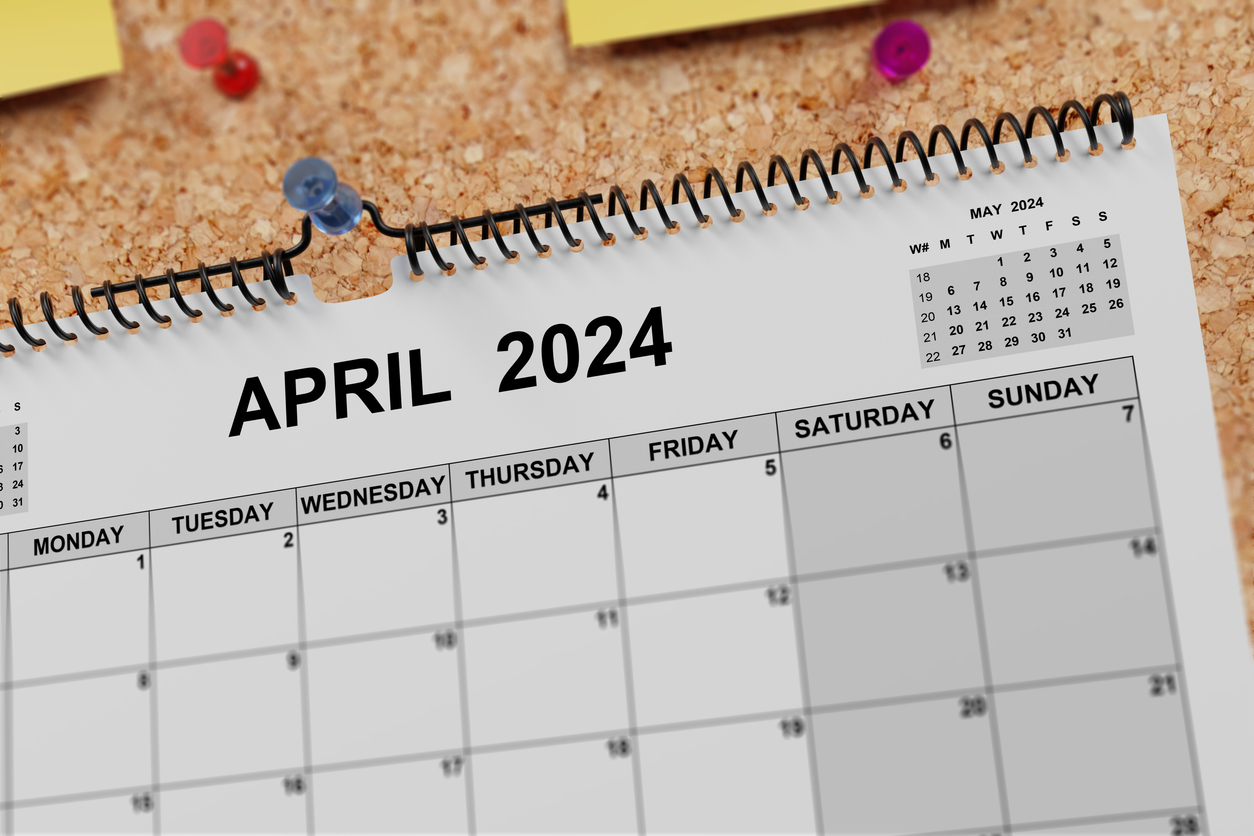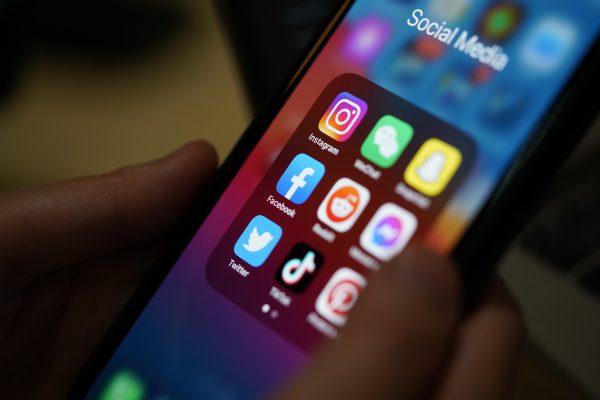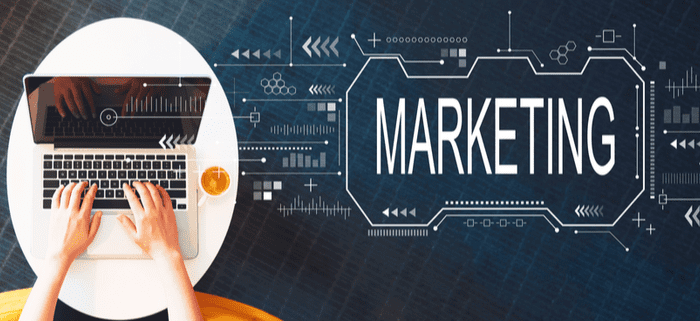
What’s Trending in Marketing of June 2024
Welcome to our June 2024 edition of “What’s Trending,” where we bring you the most relevant marketing trends and insights. Stay informed and ahead of the game with our curated collection of marketing trends and reports in summer 2024.
Noteworthy Marketing Trends and News
X Eliminated “Likes”
Social media platform X has removed public “likes.” While users will still be able to see what posts they have liked, and they will be able to see what users liked their posts, they will not be able to look at the posts that other users have liked. Read more.
Airheads’ Underwater Vending Machine
In an effort to have more adults get in pools and enjoy swimming this summer, Airheads invented an Underwater Vending Machine that is the first-of-its-kind. The vending machine’s air propulsion system allows it to dispense candy while it is fully immersed in water. The machine accepts “fun” to pay for the Airheads in lieu of cash. Read more.
Amazon to Quit Using Plastic Air Pillows in Packaging

Amazon has already substituted recycled paper for over 90% of the inflated plastic bags used in their delivery boxes, and intends to cease using them all together by the end of 2024. This switch to using recycled paper will save almost 15 billion plastic air pillows per year. Amazon first tested this swap in Europe in 2022. Read more.
Improving Your Marketing Program
How to Incorporate Email Marketing into B2B Campaigns
Learn how to successfully implement B2B email marketing. These 7 B2B email marketing tips will help you stand out from the competition and generate more leads. Read more.
Ten Ways to Use Google Trends to Increase SEO
Discover the free SEO tool, Google Trends, where marketers can get their finger on the global pulse. Learn 10 ways to utilize Google Trends. Google Trends helps you strategically select keywords, use advanced insights to identify new trends, and much more to increase your SEO. Learn more here.
The Importance of Implementing a Marketing Dashboard
Learn what marketing dashboards are, and why they are so important for tracking, analyzing, and reporting data. Discover the benefits of implementing them, like performance tracking, company-wide communication, and more. Click here to learn more.
Recent Marketing Reports, Updates, and Trends
Content Creation Budgets Increase
10Fold’s report, “The Engagement Equation: How B2B Tech Marketers Are Creating and Delivering Content That Captivates in 2024,” found that 40% of marketing executives intend to create between 3 and 5 times more content than they did in 2023. 48% are releasing content on a daily basis. Additionally, 92% of marketers are publishing more content than they did last year. This increase in content, of course, comes with a budget increase. In 2024, 46% of marketing leaders reported having a content production and distribution budget of $500,000 through $5,000,000. Read more.
Video Marketing
Social media sites like Instagram and X are becoming video-first platforms. Instagram Reels are outperforming other types of content on Instagram. As a result of this, marketers are making videos the highlight of their campaigns. The most popular type of video content is short videos, and marketing videos should be two minutes or shorter. Read More.
Augmented and Virtual Reality
Brands can use augmented and virtual realities to engage with their customers and create immersive brand experiences for them. These technologies can allow consumers to see what a product will look like in their house before they buy it, virtually try on clothes, makeup, and accessories, and more. AR and VR technologies allow marketers to create better customer experiences overall. Read more.







 Microsoft Advertising provides insights in its Festive Holiday Marketing Playbook to help businesses enhance holiday sales. Key points include understanding the timing of revenue peaks around Black Friday and Cyber Monday, leveraging deal-seeking behaviors among consumers, and capitalizing on search for online and in-store purchases. The National Retail Federation predicts a 3-4% increase in US holiday spending. Advertisers are encouraged to align strategies with the ‘Cyber-5’ period and utilize search for targeted advertising.
Microsoft Advertising provides insights in its Festive Holiday Marketing Playbook to help businesses enhance holiday sales. Key points include understanding the timing of revenue peaks around Black Friday and Cyber Monday, leveraging deal-seeking behaviors among consumers, and capitalizing on search for online and in-store purchases. The National Retail Federation predicts a 3-4% increase in US holiday spending. Advertisers are encouraged to align strategies with the ‘Cyber-5’ period and utilize search for targeted advertising. 
























